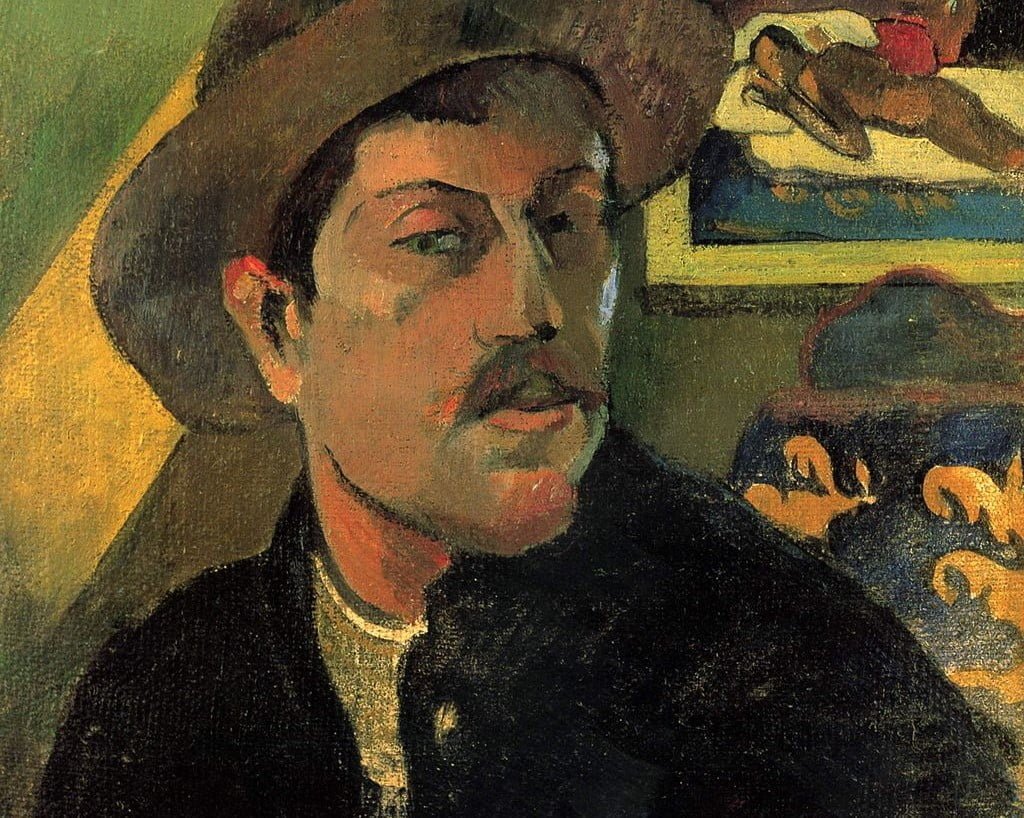Eugène Henri Paul Gauguin, born on June 7, 1848, in Paris, France, was not only a painter but a transformative force in the art world. Alongside luminaries like Vincent van Gogh, Paul Cézanne, Henri Matisse, Georges Pierre Seurat, Camille Pissarro, and Paul Signac, Gauguin played a pivotal role in shaping the post-impressionist movement.
In this blog post, we’ll delve into the life and artistic evolution of Gauguin, tracing his early years, artistic career, and the shift towards post-impressionism that defined his legacy.
Gauguin’s Early Years:
Gauguin’s journey commenced against the backdrop of a family move to Peru in the aftermath of Napoleon III’s coup d’état. Growing up in a middle-class family, Gauguin’s early fascination with the sea led him to the merchant marine and later the Navy, exposing him to diverse cultures across South America and Europe.
Returning to Paris in the 1870s, Gauguin, now married to Mette-Sophie Gad, found stability working in finance. However, his burgeoning interest in art led him to classes and the acquisition of works by impressionist masters like Camille Pissarro, Édouard Manet, Paul Cézanne, and Claude Monet.
Gauguin’s Artistic Career:
Gauguin’s artistic journey took flight with works like “The Lake in the Plain” (1874) and gained momentum through collaborations with Camille Pissarro. The Impressionist Exhibition of 1879 marked his formal entry into the art scene, alongside luminaries like Monet and Degas.
In 1883, the collapse of the Parisian stock market prompted Gauguin to make art his full-time profession. A move to Copenhagen in 1884 ended in familial discord, and Gauguin’s subsequent abandonment of his family marked a turbulent period that impacted his reputation.
Gauguin and Post-Impressionist Painting:
The late 1880s saw Gauguin’s artistic evolution, influenced by his association with Vincent van Gogh and a transformative stay in Martinique. Departing from pure impressionism, Gauguin embraced synthesism, a term coined by post-impressionists to distinguish their work.
A failed collaboration with Van Gogh in Arles marked a turning point. Gauguin, influenced by friend Émile Bernard, developed the synthesis style, characterized by distinct color zones and a departure from impressionist techniques.
The Marquesas and Tahiti:
In the twilight of his career, Gauguin sought inspiration in the Marquesas and Tahiti Islands. His paintings from this period captured daily life and reflected the cultures and beliefs of the islanders. Notable works include “La Orana Maria” (1891) and the iconic “Where Do We Come From? What Are We? Where Are We Going?” (1897).
Conclusion:
Gauguin’s artistic legacy is a tapestry woven with vibrant colors, cultural nuances, and a departure from traditional norms. His journey from impressionism to synthesism, marked by collaborations and personal struggles, encapsulates the spirit of a revolutionary artist.
FAQ:
1. What influenced Gauguin’s shift to post-impressionism?
Gauguin’s move towards post-impressionism was influenced by his association with Vincent van Gogh, a transformative stay in Martinique, and a desire to break free from traditional impressionist techniques.
2. Why did Gauguin abandon his family in Copenhagen?
The collapse of the Parisian stock market in 1883 prompted Gauguin to seek financial support from his wife’s family in Copenhagen. When these attempts failed, familial discord ensued, leading to Gauguin’s departure.
3. What defines Gauguin’s synthesis style?
Gauguin’s synthesis style is characterized by the delineation of color zones, a departure from impressionist techniques, and a focus on conveying emotions and scenes rather than mere impressions.






Leave a Reply